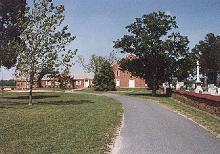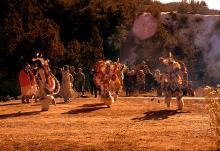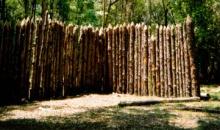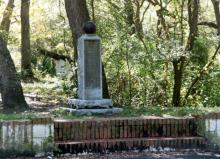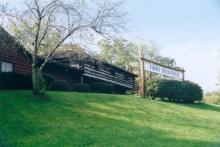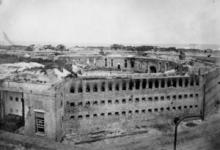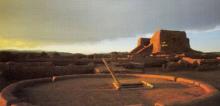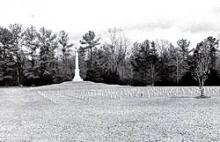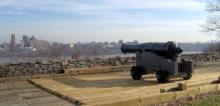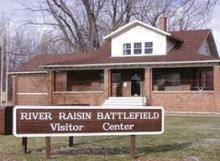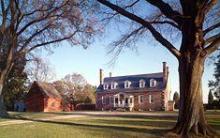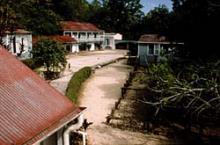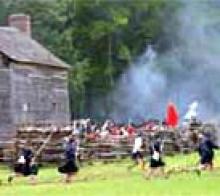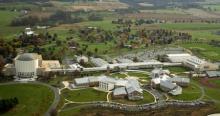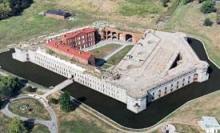Iwo Jima Memorial
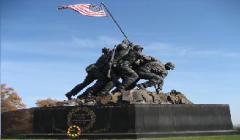
The Marine Corps War Memorial stands as a symbol of this grateful Nation's esteem for the honored dead of the U.S. Marine Corps.
The small island of Iwo Jima lies 660 miles south of Tokyo. In February 1945, U.S. troops had recaptured most of the territory taken by the Japanese in 1941 and 1942; still uncaptured was Iwo Jima, which became a primary objective in American plans to bring the Pacific campaign to a successful conclusion. On the morning of February 19, 1945, the 4th and 5th Marine Divisions invaded Iwo Jima after a somewhat ineffective bombardment lasting 72 hours. The 28th Regiment, 5th Division, was ordered to capture Mount Suribachi. They reached the base of the mountain on the afternoon of February 21, and by nightfall the next day had almost completely surrounded it. On the morning of February 23, Marines of Company E, 2nd Battalion, started the tortuous climb up the rough terrain to the top. At about 10:30 a.m., men all over the island were thrilled by the sight of a small American flag flying from atop Mount Suribachi. That afternoon, when the slopes were clear of enemy resistance, a second, larger flag was raised by five Marines and a Navy hospital corpsman.
News-photographer Joe Rosenthal caught the afternoon flag raising in an inspiring Pulitzer Prize winning photograph. When the picture was later released, sculptor Felix W. de Weldon, then on duty with the U.S. Navy, was so moved by the scene that he constructed a scale model and then a life-size model of it. Gagnon, Hayes, and Bradley, the three survivors of the flag raising (the others having been killed in later phases of the Iwo Jima battle), posed for the sculptor who modeled their faces in clay. All available pictures and physical statistics of the three who had given their lives were collected and then used in the modeling of their faces. Once the statue was completed in plaster, it was carefully disassembled and trucked to Brooklyn, N.Y., for casting in bronze. The casting process, which required the work of experienced artisans, took nearly 3 years. After the parts had been cast, cleaned, finished, and chased, they were reassembled into approximately a dozen pieces--the largest weighing more than 20 tons--and brought back to Washington, D.C., by a three truck convoy.
At this site, they were bolted and welded together, and the statue was treated with preservatives. Erection of the memorial, which was designed by Horace W. Peaslee, was begun in September 1954. It was officially dedicated by President Dwight D. Eisenhower on November 10, 1954, the 179th anniversary of the U.S. Marine Corps.










